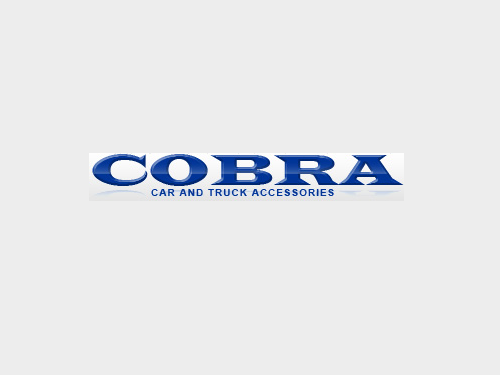The best ways to limit wear and tear in your tires is to:
- Drive very smooth.
- Keep every tire properly inflated.
- Avoid potholes where safe.
Drive very smooth.
Hard braking and acceleration tear rubber of the tire treads, bit by bit leading to a bare, flat patch of rubber with no grip.
Cornering hard and fast transfers the weight of the car to the outside wheels, increasing the amount of wear on the tread shoulders. When you feel gravity pulling your shoulders out of the driver’s seat on a corner, you’re cornering too hard and wearing out the tires more quickly than you probably want.
Driving fast increases wear on your tires, but the consistent speed and slow, easy turns of the highway actually go easier on your tires than the changing speeds and sharp turns of city driving.
Keep every tire properly inflated
Low tire pressure leads to rapid treat wear and can affect the way your vehicle handles.
Don’t just let your dealership check/fix tire pressure during service visits. Check the pressure every week and fill ’er up if the pressure is not within the manufacture specified limits.
Some drivers have the habit of letting tire pressure sit below the recommended limit in snowy/icy weather, with the idea it gives better grip in these conditions. This practice actually closes the tread pattern and reduces grip. Don’t do it.
Avoid potholes where safe
The road surface has a huge impact on tire wear. Potholes, manhole covers, debris and other abnormal road anomalies are extremely rough on your tires, especially in hot or cold weather, where the tires are already under stress.
Wet roads are great for tire wear. Less friction between tire and road means less wear. So drive in the rain as much as you like!
Different tire wear and what it means
Wear patterns indicate the cause of your tire wear.
- If a car is driven for an extended time with high tire pressure, most of the weight of the car is carried on the centre of the tread. So the centre of the tread wears out faster than the remaining.
- If a car is driven regularly with low pressure, the tread on the shoulders wears out first.
- Feathering, where the tread begins to lift at the edge of the grooves, is a sign your wheels are out of alignment. This damage manifests as the wheel is dragged sideways while moving forward.
- Bald patches come from heavy braking and acceleration. You also waste a lot of gas (even when the price is as low as it is now, you should still be trying to get as much mileage out of your tank as you can), by accelerating so hard.

